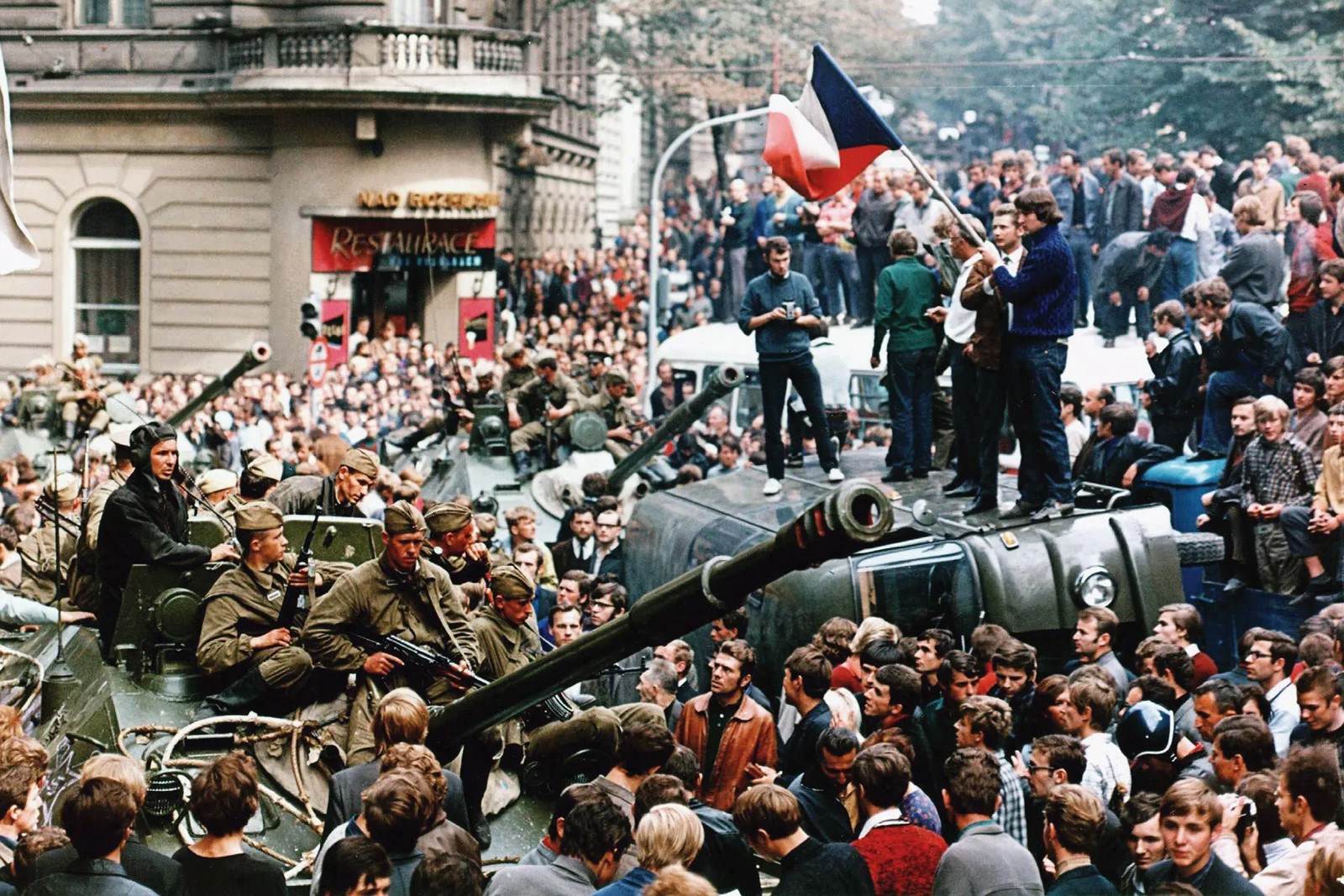
What was the Eastern Bloc? The Eastern Bloc was a group of socialist states in Central and Eastern Europe, dominated by the Soviet Union during the Cold War. These countries included Poland, East Germany, Czechoslovakia, Hungary, Romania, Bulgaria, and Albania. Formed after World War II, the bloc aimed to spread socialism and counter Western influence. Life behind the Iron Curtain was marked by strict government control, limited freedoms, and economic struggles. Despite the hardships, the Eastern Bloc also saw cultural exchanges, scientific advancements, and unique traditions. Understanding this period helps us appreciate the complexities of global politics and human resilience.
Key Takeaways:
- The Eastern Bloc was a group of socialist countries under Soviet influence during the Cold War, facing censorship, economic challenges, and cultural restrictions.
- The fall of the Eastern Bloc in 1989 marked the end of the Cold War, leading to the transition to democratic governments and continued impact on the world today.
The Formation of the Eastern Bloc
The Eastern Bloc, a term often used to describe the group of socialist states under Soviet influence during the Cold War, has a fascinating history. Here are some intriguing facts about its formation and early years.
- The Eastern Bloc was established after World War II, primarily consisting of countries in Eastern Europe that fell under Soviet influence.
- The Soviet Union played a significant role in shaping the political landscape of these countries, installing communist governments.
- The term "Eastern Bloc" was first used in the West to describe these nations collectively.
- Countries in the Eastern Bloc included Poland, East Germany, Czechoslovakia, Hungary, Romania, Bulgaria, and Albania.
- The Warsaw Pact, a military alliance formed in 1955, solidified the Eastern Bloc's unity against NATO.
Life Behind the Iron Curtain
Living in the Eastern Bloc was vastly different from life in the West. Here are some facts about daily life and the socio-political environment.
- Citizens experienced heavy censorship and propaganda, with media controlled by the state.
- Travel to Western countries was highly restricted, making it difficult for people to leave.
- The secret police, such as the Stasi in East Germany, monitored citizens closely.
- Shortages of consumer goods were common, leading to long lines for basic necessities.
- Despite the hardships, the Eastern Bloc had high literacy rates and strong educational systems.
Economic Policies and Challenges
The Eastern Bloc's economies were centrally planned, which led to unique challenges and developments.
- The Soviet Union implemented Five-Year Plans to boost industrial production.
- Collectivization of agriculture was enforced, often leading to resistance and food shortages.
- Heavy industry was prioritized over consumer goods, resulting in a lack of everyday items.
- The Comecon (Council for Mutual Economic Assistance) was established to facilitate economic cooperation among Eastern Bloc countries.
- Despite efforts, economic stagnation became a significant issue by the 1980s.
Cultural and Social Aspects
Culture and society in the Eastern Bloc were shaped by communist ideology, but there were also unique regional influences.
- Socialist realism was the dominant art style, promoting communist values.
- Sports were heavily promoted, with Eastern Bloc countries excelling in the Olympics.
- Music and literature often contained hidden critiques of the regime, leading to underground movements.
- Youth organizations like the Young Pioneers indoctrinated children with communist ideals.
- Despite restrictions, Western culture seeped in through smuggled goods and broadcasts.
The Fall of the Eastern Bloc
The collapse of the Eastern Bloc was a pivotal moment in history, marking the end of the Cold War.
- The fall of the Berlin Wall in 1989 symbolized the beginning of the end for the Eastern Bloc.
- Economic struggles and political unrest led to widespread protests and revolutions.
- Mikhail Gorbachev's policies of Glasnost (openness) and Perestroika (restructuring) played a crucial role in the Bloc's dissolution.
- By 1991, most Eastern Bloc countries had transitioned to democratic governments.
- The Soviet Union itself dissolved in December 1991, marking the official end of the Eastern Bloc.
Legacy and Impact
The legacy of the Eastern Bloc continues to influence the world today in various ways.
- Former Eastern Bloc countries have joined international organizations like the European Union and NATO.
- The transition to market economies was challenging, with some countries experiencing significant economic growth while others faced hardships.
- The history of the Eastern Bloc serves as a reminder of the complexities of Cold War politics and the resilience of people under oppressive regimes.
Final Glimpse at the Eastern Bloc
The Eastern Bloc left a lasting mark on history. From political tensions to cultural exchanges, its influence is undeniable. The Iron Curtain symbolized division, yet behind it, people lived vibrant lives filled with art, music, and innovation. Cold War espionage and propaganda shaped global perceptions, but everyday citizens faced unique challenges and triumphs.
Understanding the Eastern Bloc helps us appreciate the complexities of geopolitical landscapes and the resilience of those who lived through it. The Berlin Wall's fall marked a significant shift, but the stories and lessons from that era remain relevant.
By exploring these facts, we gain a deeper insight into a pivotal period that continues to influence today's world. The Eastern Bloc's legacy is a testament to human endurance and the ever-changing nature of global politics.
Frequently Asked Questions
Was this page helpful?
Our commitment to delivering trustworthy and engaging content is at the heart of what we do. Each fact on our site is contributed by real users like you, bringing a wealth of diverse insights and information. To ensure the highest standards of accuracy and reliability, our dedicated editors meticulously review each submission. This process guarantees that the facts we share are not only fascinating but also credible. Trust in our commitment to quality and authenticity as you explore and learn with us.
